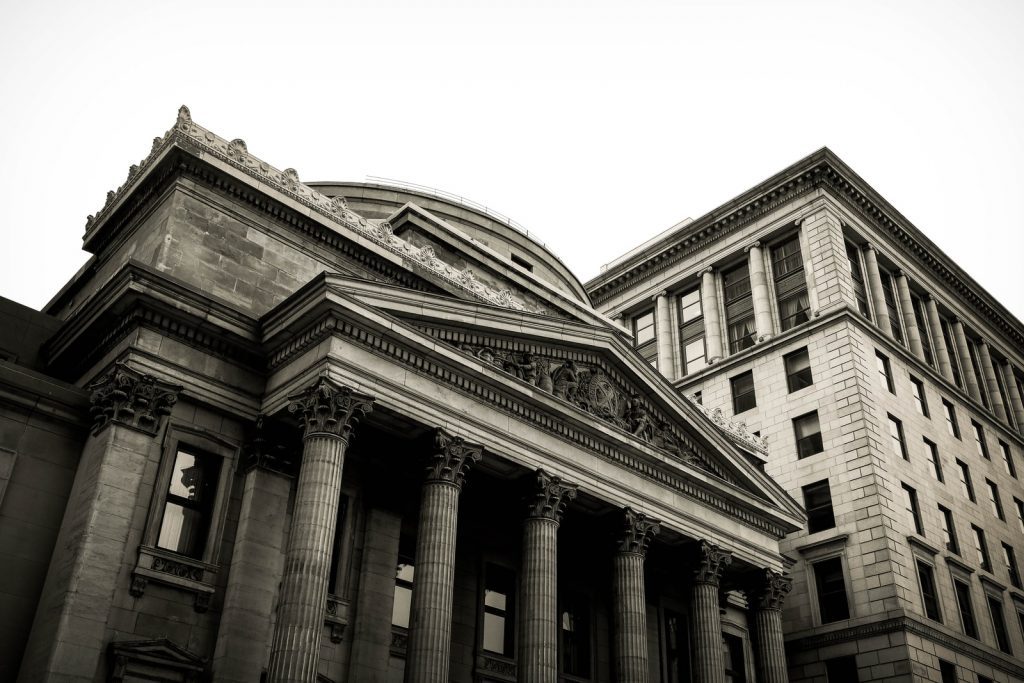The first bank in the world
The earliest bank in the world is the Bank of Venice in Italy. In 1580, the Bank of Venice was established, which was the earliest bank in the world, and then other cities in Italy and some cities in Germany and the Netherlands also established banks.
Venice established the “Rialbu Market Bank” in 1580, which was the earliest bank in the world. In 1587, the Italian government changed its name to the “Bank of Venice”.
The origin of the bank
In the Middle Ages, European commerce rose day by day, and some civilians became wealthy merchants by getting rich through business. For the sake of safety, they kept their money(that is gold)in the king’s vault.
Because the “Free coinage” system was implemented at that time, anyone could take gold nuggets to the mint and mint them into gold coins, so the mint allowed customers to store gold. Unfortunately, these merchants did not realize that the mint belonged to the king, and if the king wanted to use the gold in the mint, he could not stop it.
In 1638, the king of England was Charles I. He fought a war with the Scottish nobles. In order to raise military expenses, he expropriated the gold of the civilians in the Mint.
Although the expropriated gold was eventually returned to the original owner, the merchants felt that the mint was no longer safe. So they deposited the money with Goldsmith. The goldsmith issued a voucher for the person who saved the money. Later, he can take out the gold with this voucher.
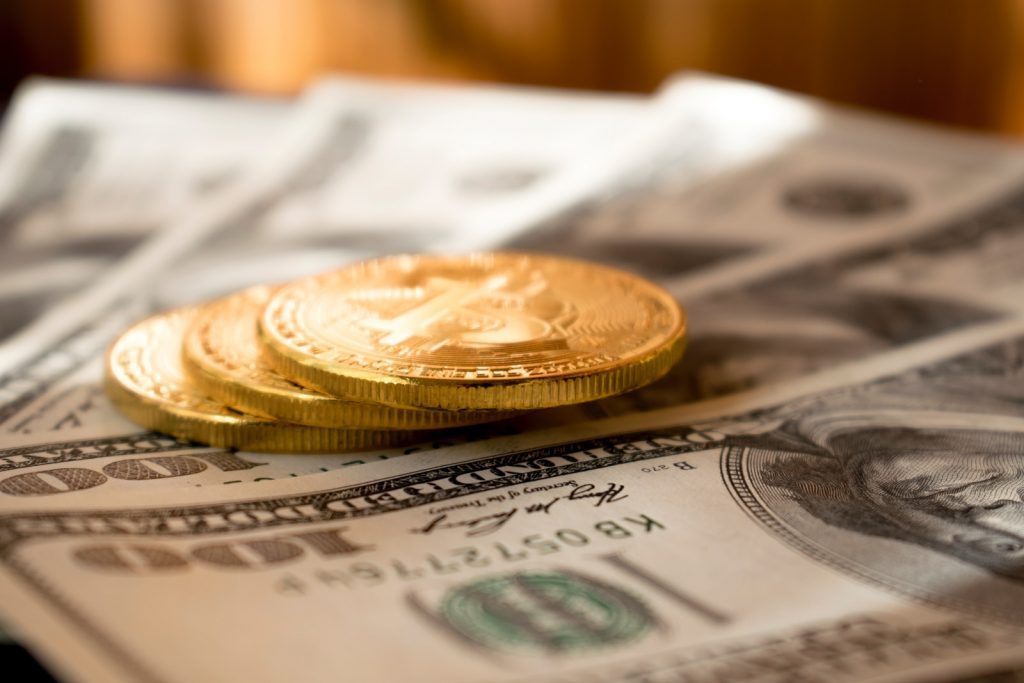
Soon, the merchants discovered that when they needed money, they didn’t need to take out the gold at all, just hand the gold certificate to the other party.
Later, the goldsmith suddenly realized that the voucher issued by himself had the effect of currency! Unable to resist the temptation, they began to issue “fake certificates.” But the magic is that as long as all customers are not on the same day to withdraw gold, the “fake voucher” is equivalent to the “true voucher”. This is the origin of the “reserve system” in modern banks and the origin of the “money creation” mechanism. The banking system can amplify the amount of credit currency, but physical currency cannot.
This was the end of the 1600s, when modern banks were born.
The history of the bank
At first, money changers only exchange currency for merchants, and later developed to keep money for merchants, collect and pay cash, handle settlement and remittance, but do not pay interest, and charge storage fees and handling fees.
In order to make more profits, when money changers use the money they have gathered to issue loans to obtain interest, the money change industry has developed into a bank.
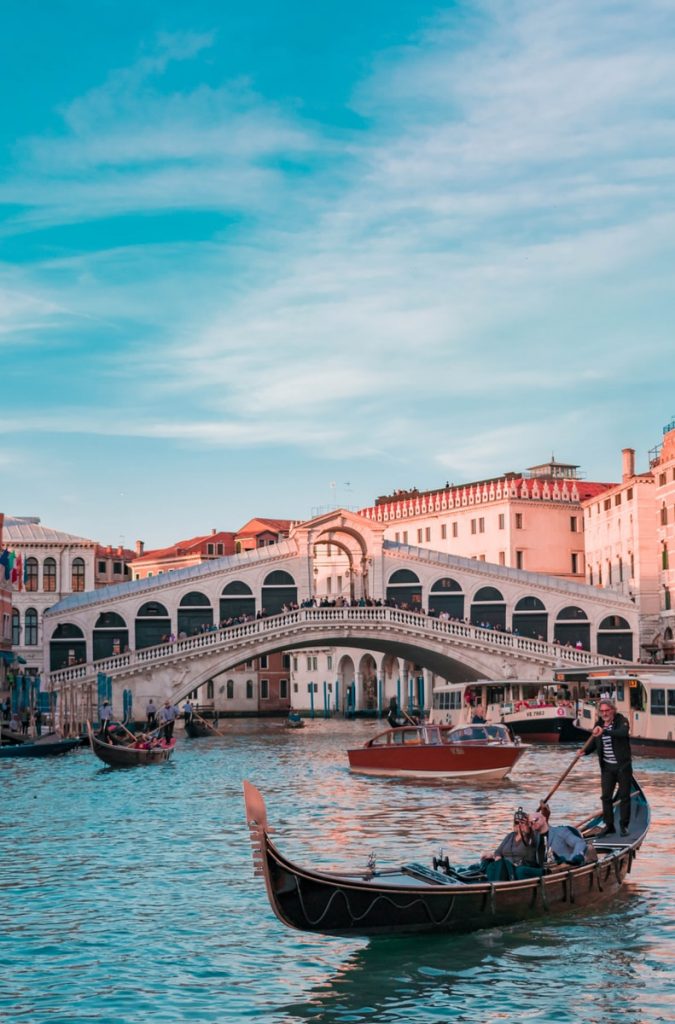
Modern banks were born in Italy in the Middle Ages. Due to the special geographical location of Venice, it became a trading center at that time.
Read Articles In Different Categories

Best In The World

Beauty and Health

Food and Health

Easy Recipe

Exercise and Health

Family and Life

Finance and Economy

Global Sales Network
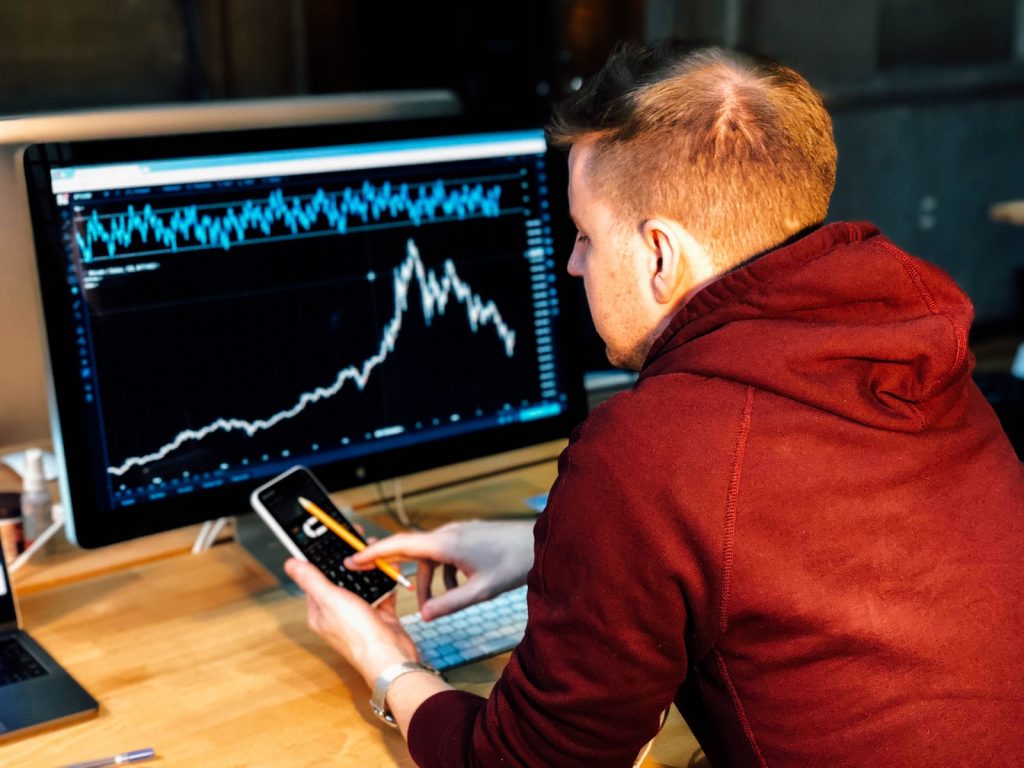
Global Selling

Happiness and Health

Medicine and Health

Recipe

The Benefits Of Vitamins

The benefits and effects of eating fish oil
Fish oil has many effects, the main components of EPA and DHA can help people from young to old, from the top to the bottom of the body to…

Side effects of sleeping pills
The efficacy of sleeping pills will decrease with the time of use, so it is only suitable for short-term use and should not exceed 4 weeks.

What can you eat on a gout diet ?
Gout is a disease that causes problems such as obesity, stress, eating too much, and drinking too much, which cause the human kidneys to fail to…
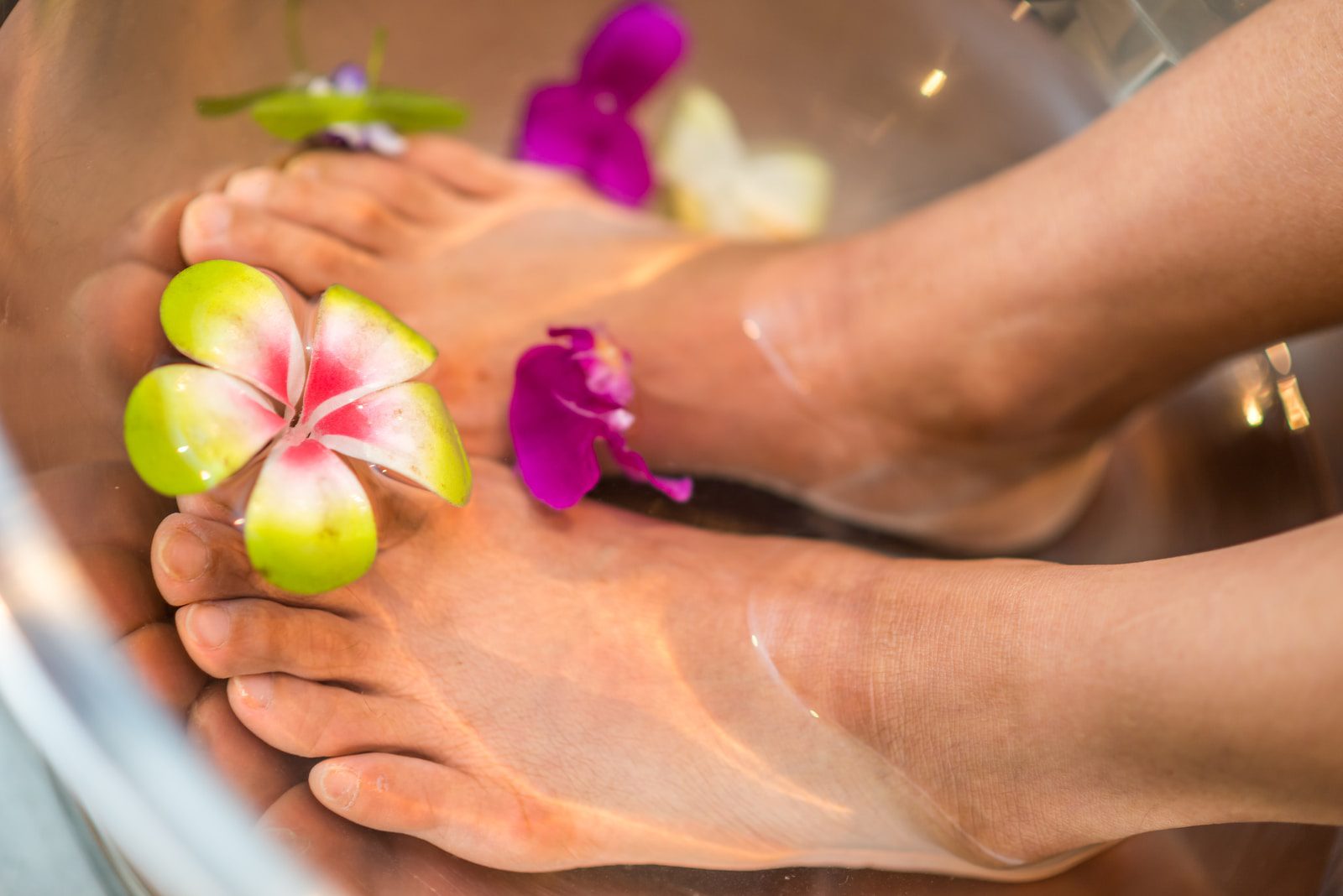
Two simple ways to treat athlete’s foot are very effective
The most common causes of athlete’s foot are blisters, itching, blisters being scratched, bloody appearing, and…
